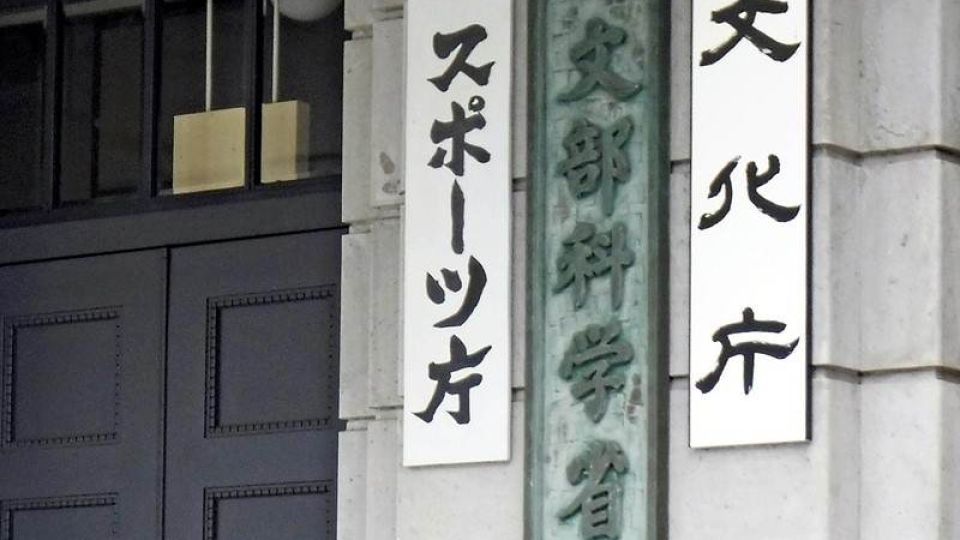October 3, 2022
TOKYO – The writing may be on the wall for handwritten Japanese.
In a recent Cultural Affairs Agency survey, 90% of respondents said the proliferation of digital devices, such as personal computers and smartphones, had impacted the Japanese language and the way it was used, while nearly 90% of these respondents said their ability to accurately render kanji characters by hand had declined.
The results of the fiscal 2021 opinion survey — released Friday — shed light on growing concerns over the trend away from handwriting.
The poll was conducted from January to February, targeted 6,000 people age 16 or older and addressed issues related to language usage, the use of new words and the meaning of idioms, among other topics. About 3,600 people responded.
Some 90.6% of respondents thought the spread of digital devices had impacted the Japanese language and the way they personally used it in social settings. Of these, 89% cited a reduced ability to accurately write kanji.
Among other factors impacting the language, 89.4% of respondents expressed concern over “decreased opportunities to write by hand,” while 32.3% pointed to “fewer opportunities to read long sentences.”
The agency said handwriting is an effective way to learn kanji and an important factor in properly converting characters on digital devices.
“We found that many people have concerns,” an agency official said. “We want to communicate to the public the importance of learning through handwriting.”

